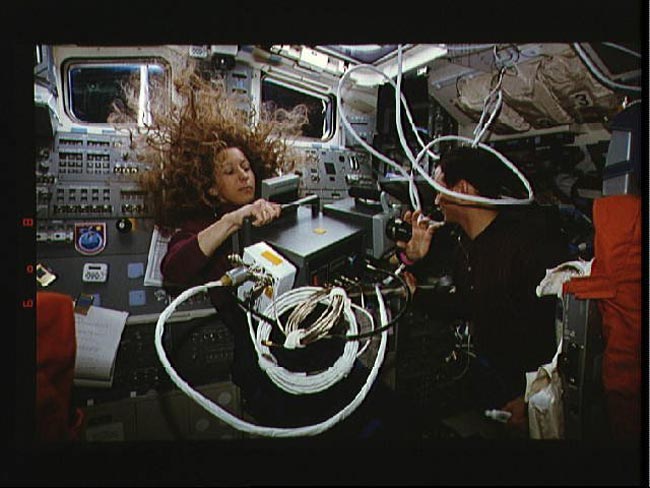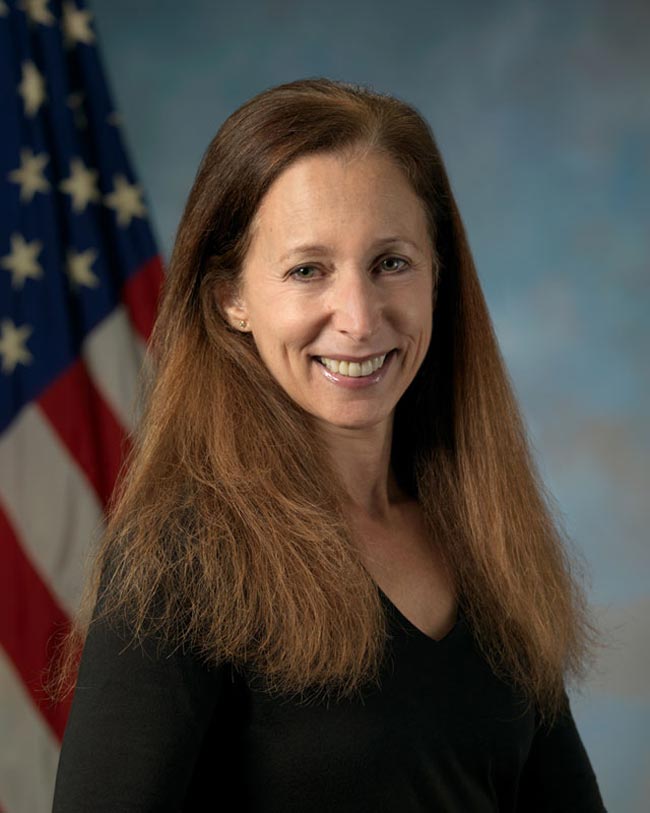
Veteran astronaut Marsha Ivins – a five-time space shuttle flyer — has left NASA, the space agency announced yesterday (Jan. 4).
Ivins left NASA on Dec. 31, 2010, agency officials said. She is the first astronaut to announce her retirement from spaceflight in 2011, a watershed year that will see the 50th anniversary of human spaceflight, as well as the last flights of NASA's space shuttle program — a transition that may be spurring other astronauts to step down as well, experts say.
"Marsha's incredible depth of mission experience and technical expertise has been a tremendous asset to this office," Peggy Whitson, chief of the Astronaut Office at NASA's Johnson Space Center (JSC), said in a statement. "Her expertise and dedication to NASA's mission will be sorely missed."

36 years of NASA service
Ivins, 59, joined NASA as an engineer in 1974. She worked on space shuttle displays and controls and served in JSC's aircraft operations as a flight engineer for the shuttle's training aircraft, agency officials said.
Ivins also served as co-pilot of Gulfstream I, NASA's administrative aircraft, and has flown many other types of planes and gliders. She has logged more than 7,000 hours in NASA and civilian aircraft, officials said.
NASA selected Ivins as a mission specialist in its astronaut class of 1984. She spent more than 1,300 hours in space on five different shuttle missions over the years: STS-32 in 1990, STS-46 in 1992, STS-62 in 1994, STS-81 in 1997 and STS-98 in 2001.
Get the Space.com Newsletter
Breaking space news, the latest updates on rocket launches, skywatching events and more!
"She's one of the more experienced astronauts in the office," said Rob Pearlman, editor of collectSPACE.com, a website for space history enthusiasts and a SPACE.com partner. "She's experienced all the different types of shuttle missions that there are."
Astronaut corps slims down
Ivins' retirement comes a few months after veteran shuttle commander Scott Altman and astronaut Linda Godwin left NASA. The agency now has 105 American astronauts in its corps, 63 of whom are active flight-roster personnel, according to NASA officials. The other 42 are "management" astronauts, who work for NASA but currently are not eligible for flight assignment.
The agency also lists 14 astronaut "candidates," who were selected in the summer of 2009 and are currently undergoing a rigorous, two-year training program. Five of these 14 are international candidates — two from Canada and three from Japan.
The number of current flight-roster astronauts represents a substantial dropoff from just a few years ago. In January 2005, for example, the agency listed 95 active American astronauts, along with 46 management astronauts.
This paring down — accomplished via retirements and reassignments, not layoffs, Pearlman said — comes as NASA's shuttle program, which launched its first mission 30 years ago this April, prepares to shut down later this year.
The timing is likely not a coincidence, according to Pearlman.
"We saw this type of departure when the Apollo program ended, and it was pretty much expected that the same thing was going to happen with the end of the shuttle program," Pearlman told SPACE.com. "Part of that is simply a matter of astronauts looking at their opportunities going forward."
Two more shuttle missions are scheduled. STS-133, the last flight of the shuttle Discovery, will take off no earlier than Feb. 3. It was slated to launch last November, but the discovery of cracks in its external fuel tank pushed the mission back.
STS-134, the last hurrah of the shuttle Endeavour, is scheduled for April. STS-134 is the last shuttle mission officially on the docket, though funding for an additional flight is under discussion in Congress. If approved, that one would likely take place this summer.
You can follow SPACE.com senior writer Mike Wall on Twitter:@michaeldwall.
Join our Space Forums to keep talking space on the latest missions, night sky and more! And if you have a news tip, correction or comment, let us know at: community@space.com.

Michael Wall is a Senior Space Writer with Space.com and joined the team in 2010. He primarily covers exoplanets, spaceflight and military space, but has been known to dabble in the space art beat. His book about the search for alien life, "Out There," was published on Nov. 13, 2018. Before becoming a science writer, Michael worked as a herpetologist and wildlife biologist. He has a Ph.D. in evolutionary biology from the University of Sydney, Australia, a bachelor's degree from the University of Arizona, and a graduate certificate in science writing from the University of California, Santa Cruz. To find out what his latest project is, you can follow Michael on Twitter.









